In the vast realm of comic books and graphic novels, humor comics occupy a unique and cherished space. These comic strips and books are designed primarily to make readers laugh, employing wit, satire, clever wordplay, and visual gags to tickle our funny bones. In this article, we will delve into the world of humor comics, exploring their history, defining characteristics, and the enduring appeal of laughter between the panels.
Humor Comics Explained
Humor comics are a subgenre of comics that prioritize humor as their central theme. Unlike other comic genres that span a wide range of storytelling styles and themes, humor comics have one primary objective: to entertain through laughter. These comics use various comedic techniques and devices, including satire, slapstick, puns, absurdity, and observational humor, to evoke amusement from readers.
Key Characteristics of Humor Comics
- Visual Gags: Humor comics often rely on visual gags and exaggerated facial expressions to deliver punchlines. Characters’ reactions and physical comedy play a significant role in generating laughter.
- Clever Wordplay: Puns, witty dialogue, and clever wordplay are common elements in humor comics. The interplay between text and imagery adds depth to the humor.
- Satire and Social Commentary: Many humor comics use satire to poke fun at societal norms, cultural phenomena, and political issues. By lampooning real-life situations, they provide a lens through which readers can view the world with a humorous perspective.
- Recurring Characters: Humor comics often feature recurring characters with distinct personalities and quirks. These characters become familiar to readers and contribute to the comic’s comedic consistency.
- Short-Form Strips: While humor comics can take various forms, short comic strips are a prevalent format. These one-shot jokes or recurring gags are ideal for delivering quick doses of humor.
Historical Evolution of Humor Comics
Humor comics have a rich history that spans over a century. Some notable milestones in the evolution of humor comics include:
- Early Comic Strips: The late 19th and early 20th centuries saw the rise of newspaper comic strips like “The Yellow Kid” and “Little Nemo in Slumberland,” which featured humor as a central element.
- Golden Age of Comic Strips: The 1920s to the 1940s witnessed the proliferation of humor comics, including classics like “Peanuts” by Charles Schulz and “Calvin and Hobbes” by Bill Watterson.
- Underground Comix: In the 1960s and 1970s, underground comix emerged, offering a counter-culture and often subversive take on humor. Creators like Robert Crumb gained notoriety during this period.
- Modern Webcomics: With the advent of the internet, webcomics have become a popular medium for humor comics. Creators can reach a global audience, and readers can easily share their favorite strips.
The Enduring Appeal of Humor Comics
Humor comics continue to thrive in the digital age for several reasons:
- Relatability: Many humor comics touch on universal human experiences and everyday situations, making them highly relatable to a wide audience.
- Escapism: In a world filled with stress and challenges, humor comics offer a welcome escape, allowing readers to momentarily forget their worries and enjoy a good laugh.
- Cultural Commentary: Humor comics often serve as a form of cultural commentary, providing a humorous lens through which readers can examine and question societal norms and trends.
- Short, Digestible Content: In an era of short attention spans, the bite-sized format of humor comics fits perfectly into our fast-paced lives, offering a quick dose of humor during a coffee break or commute.
Timelessness of Humor Comics
Humor comics, with their timeless appeal, continue to bring joy and laughter to readers of all ages. From the classic newspaper strips of the past to the modern webcomics of today, humor comics remain a testament to the enduring power of laughter in the world of comics. Whether you’re a fan of puns, satire, or slapstick, there’s a humor comic out there waiting to tickle your funny bone and brighten your day, one panel at a time.

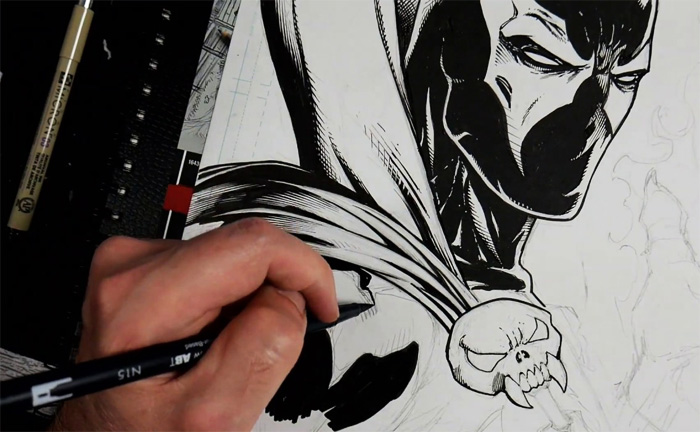
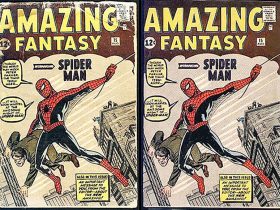
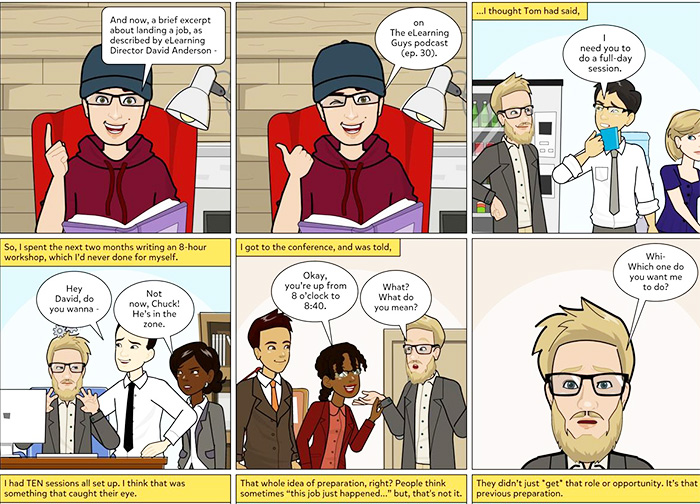
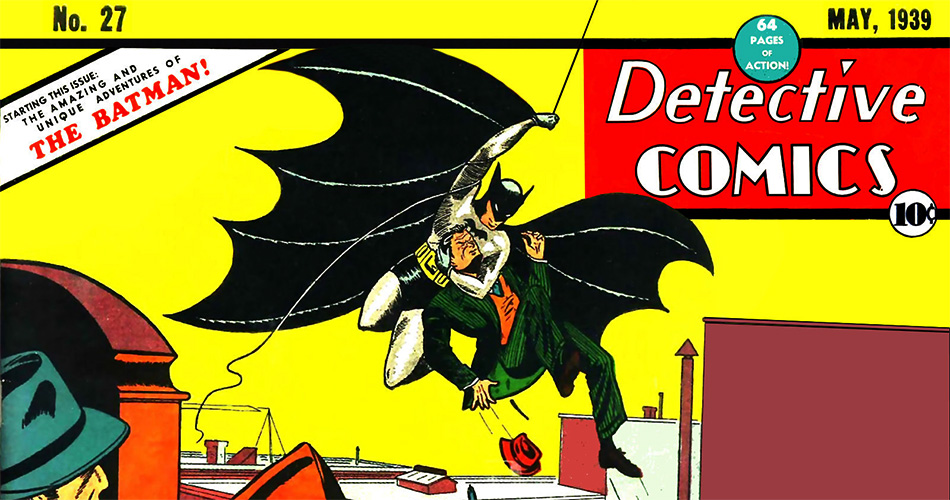
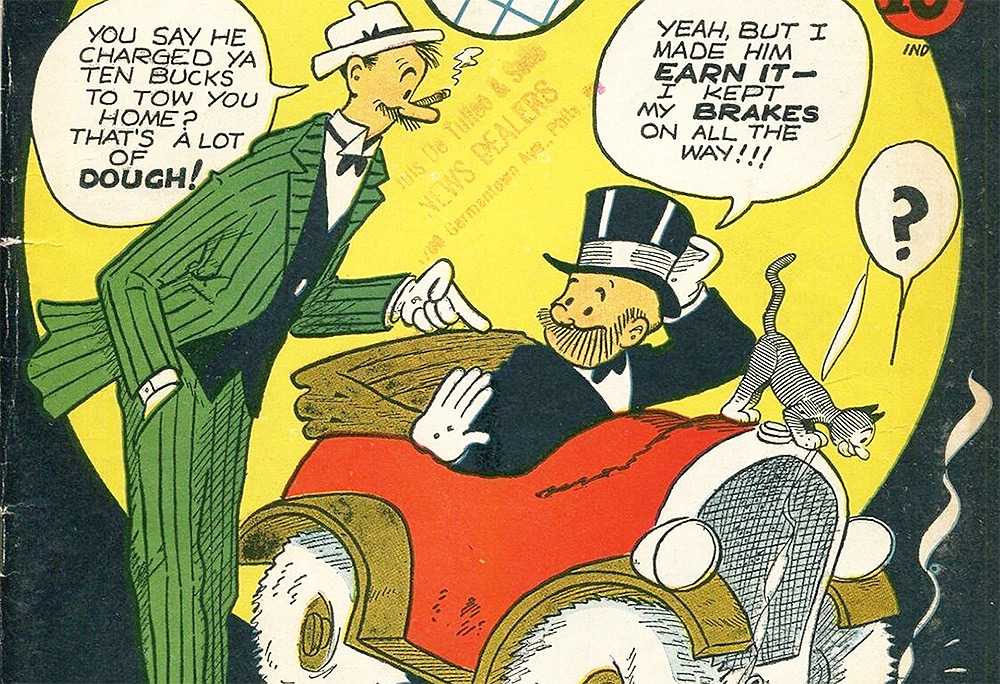
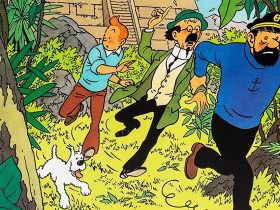
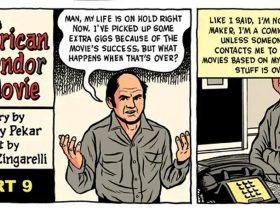
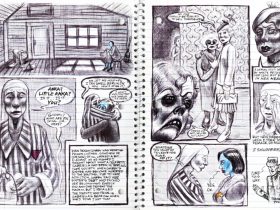
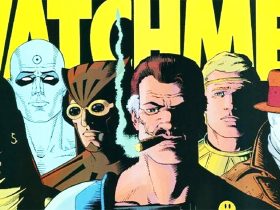
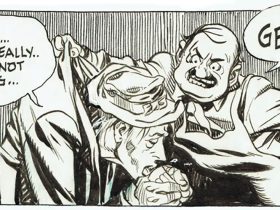
Leave a Reply